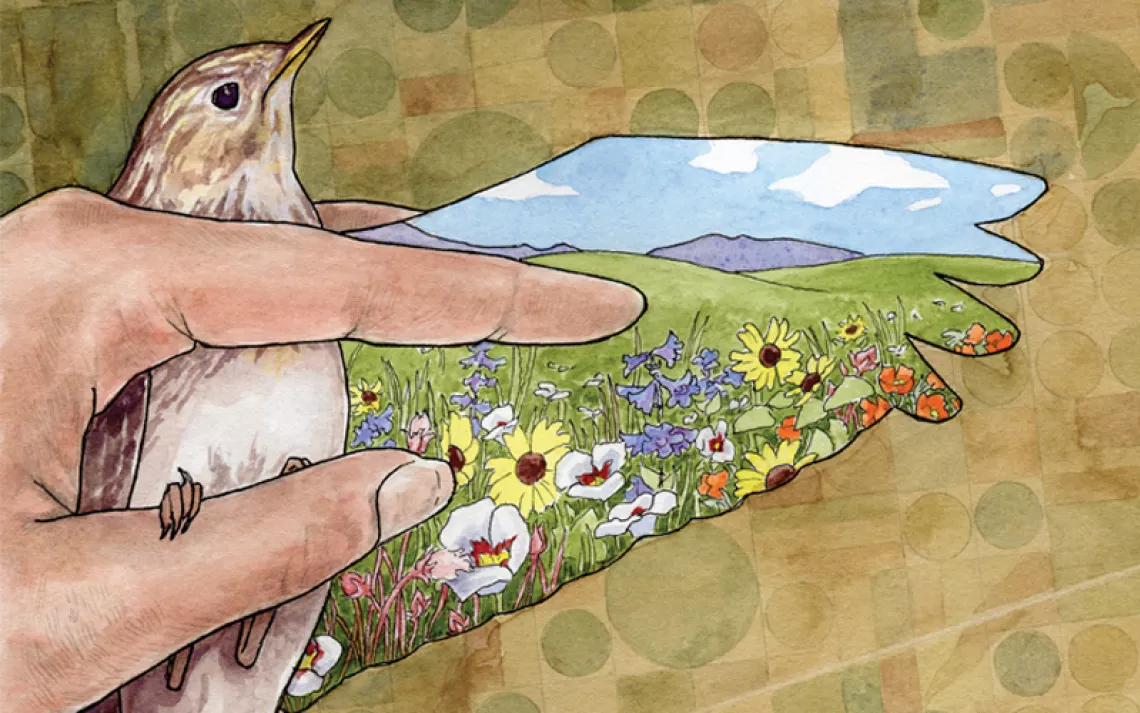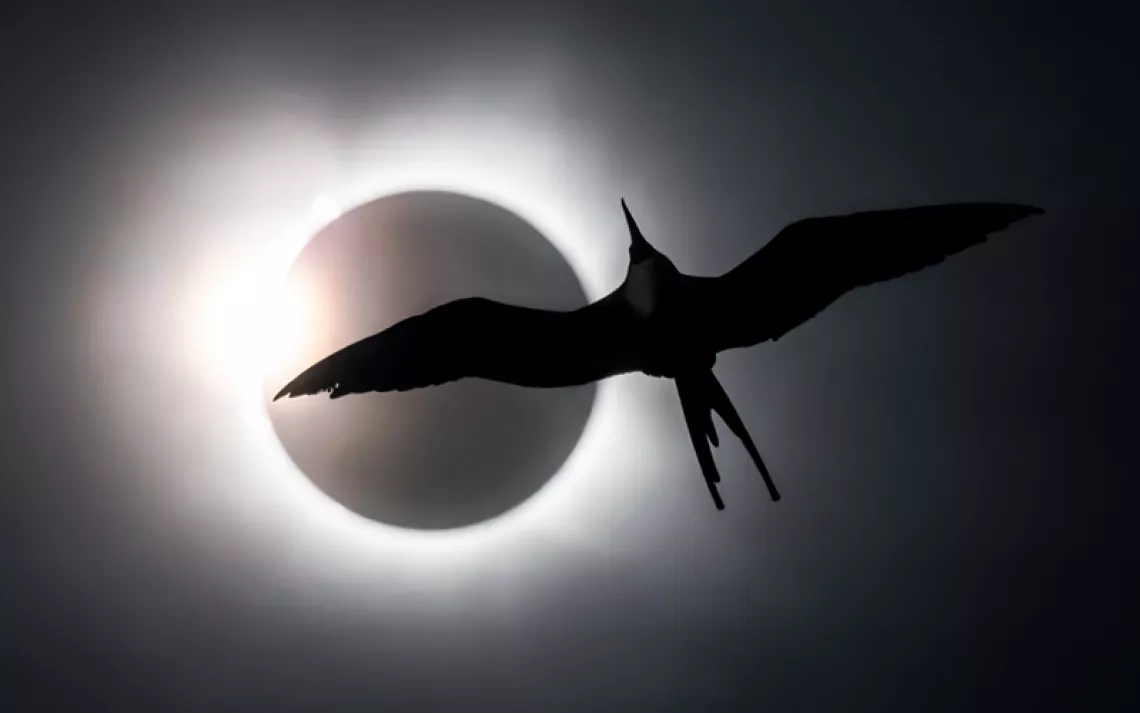How to Participate in Audubon’s Christmas Bird Count
Tips for signing up and taking part in the world’s longest running wildlife census

Blue jay | Photo by Trent Garverick/iStock
For the 117th straight year, the National Audubon Society is holding its annual Christmas Bird Count, and you can help out. The longest running wildlife census in the world takes place this winter starting today, between December 14 and January 5, and it’s easy to take part.
To find a location where a bird count is taking place, simply go to the National Audubon Society’s interactive map showing count locations. A red circle means volunteers are no longer needed. A green circle means counts are open to new volunteers. A yellow circle means contact the compiler listed to see if help is needed. Click on the location where you want to count birds and get the date of the count and the email for that count’s organizer. Send them a message to sign up.
You don’t need to be a pro to show up. Each group will have an expert birder to guide it. The counts will take place over a 24-hour calendar day. Volunteers can spend anywhere from half an hour to a full 24 hours depending on their level of interest. Bring warm clothes, snacks, drinks, a checklist to mark down the birds you see, binoculars, and a field guide. If you don’t have a guidebook, you can download Audubon’s free Bird Guide app to help with identification.
Each count location consists of a 15-mile-wide circle, with volunteers taking up a portion of that circle. Birders will travel around their portion on foot, by car, and in some locations, by boat. Any birds that are seen or heard get tallied on a sheet by number and species.
Participants can consider themselves part of one of the planet’s largest citizen science projects. Last year the National Audubon Society had 2,505 count circles around the world with 76,669 observers out in the field. They tallied up 58,878,071 birds of 2,607 species.
The Christmas Bird Count’s results are important for science. More than 200 peer-reviewed articles have been published using data from the survey. Audubon recently used the data to help with its landmark Birds and Climate Change Report, which said that more than half the bird species in North America are threatened by climate change.
“It’s never been easier to be a citizen scientist, and it’s never been more important to be one,” said David Yarnold, the president and CEO of the National Audubon Society. “Birds and the people who watch them are noticing changes. Using the data gathered by more than a century of Christmas Bird Counts, Audubon will keep protecting birds and the places they need. I’m incredibly proud of the volunteers that contribute to this tradition.”
 The Magazine of The Sierra Club
The Magazine of The Sierra Club



